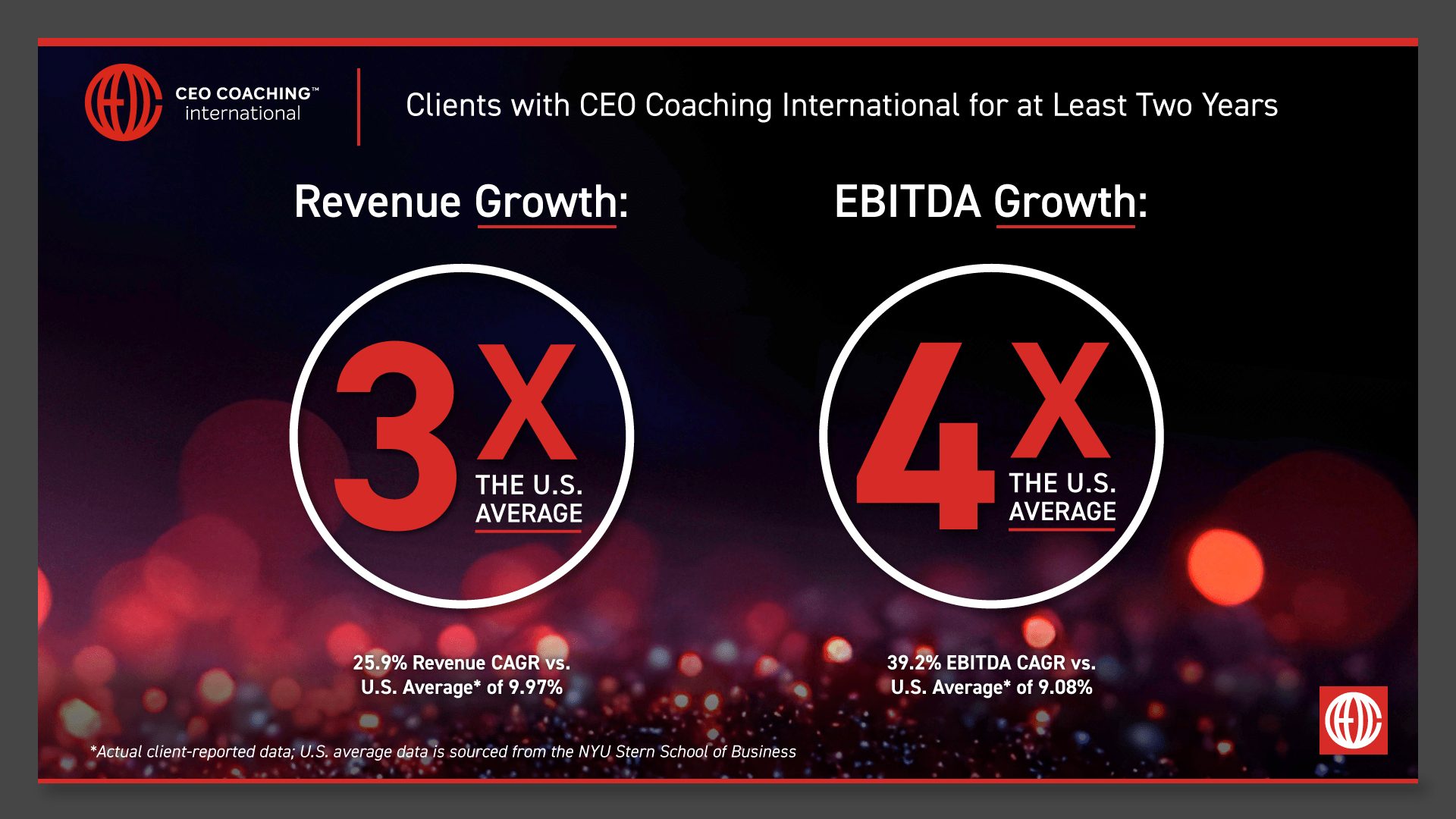
How to “Prompt Engineer” Your Way to BIG Results from ChatGPT and Other AI
No, this how-to guide was not created using AI.
But your company’s next blog series, marketing plan, social media campaign, M&A pitch, or customer service rep could be.
And probably should be.
AI is improving at such a rapid rate that CEOs who aren’t harnessing this tech to save time and optimize resources risk falling behind competitors who are already building smarter bots, gathering more data, and generating more targeted, clickable content.
But getting the most out of AI requires a human touch and a clear understanding of what your company wants to accomplish. The prompts your team feeds into your AI of choice need a combination of these 7 key features to produce better outputs.
7 Keys to Better AI Prompts
1. Specificity
AI, like ChatGPT, has been trained on an immense amount of data; other AIs can supplement what they already “know” with up-to-the-minute internet searches. So if you ask a generic question, the AI is going skim its vast knowledge base and provide a generic answer. The more detail you include in your prompt, the more detail the AI will include in its answer.
2. Clarity
Industry jargon or technical terms can confuse AI, resulting in inaccurate or irrelevant responses. Try to use plain, straightforward language and, again, be specific about what you want from the AI.
3. Structure and Formatting
Much like bullet points and numbered lists can make a blog post easier to read, a structured prompt can help the AI craft a response that hits all the relevant points with sufficient detail.
4. Length and Complexity
Overly long or complex prompts can overwhelm the AI and hinder its ability to comprehend the requirements. Short prompts that lack sufficient detail or structure could produce output that’s too generic or off-target.
5. Neutrality
If you’re trying to create authoritative, unbiased content, avoid asking AI-leading questions that could unintentionally guide the model towards a specific conclusion. Remember, the AI doesn’t have any biases or opinions, but it will tailor its output towards any that are baked into your instructions.
6. Intended Audience and Tone
One of the easiest tweaks to your prompts is to tell AI what you want it to “be” (a B2B marketer, a TEDx speaker, a sales team leader), whom you want it to “speak to” (millennials looking to change jobs, small business owners struggling with high-interest rates, your board members), and what kind of “mood” you want it to use (upbeat, professional, sympathetic).
7. Iterative Prompting
Break down your inquiries into a series of prompts that you feed into the AI one at a time. For example, instead of telling AI, “Write a blog about why a CEO’s top five responsibilities are Vision, Cash, People, Key Relationships, and Learning,” ask the AI to write about each of those one at a time. You’ll end up with more thorough information for each bullet point. You can also improve AI responses by telling it to rewrite its answers. Try asking for simpler or more sophisticated language or a different tone.
10 Sample Effective AI Prompts
These prompts are designed to generate nuanced, comprehensive content with an in-depth understanding of a specific subject. CEOs and their support staff can further tailor these prompts by specifying an industry, target market, or any other pertinent details.
For Market Analysis:
“Please provide a detailed analysis of the current trends, challenges, and opportunities in the [specific industry], focusing on key areas that might impact small to medium-sized businesses.”
For Competitive Insights:
“Identify and analyze the top five competitors in the [specific market or product category]. Include their strengths, weaknesses, opportunities, and threats and suggest strategies for gaining a competitive edge.”
For Product Development Ideas:
“Describe five innovative product ideas that align with the current consumer demands in the [specific sector]. Include a brief overview of the target audience, potential features, benefits, and a high-level implementation plan.”
For Customer Engagement Strategies:
“Outline effective strategies for enhancing customer engagement and loyalty in the e-commerce space, focusing on personalized communication, loyalty programs, and seamless user experience.”
For Understanding Regulations and Compliance:
“Summarize the current legal and regulatory landscape for small businesses in the [specific region or industry], highlighting key compliance requirements and potential legal risks.”
For Content Marketing Strategies:
“Provide a comprehensive content marketing strategy for a small business in the [specific field], including recommended channels, content types, audience segmentation, and success metrics.”
For Recruitment and HR Practices:
“Describe the best practices in recruitment and human resource management that can help startups attract, retain, and develop top talent, focusing on both traditional methods and emerging trends.”
For Financial Planning and Analysis:
“Outline a financial planning and analysis process suitable for a small-to-medium-sized business in the [specific sector], detailing the key components like budgeting, forecasting, risk assessment, and performance metrics.”
For Supply Chain Optimization:
“Provide insights into optimizing supply chain management for a small manufacturing business, including strategies for sourcing materials, managing inventory, improving efficiency, and reducing costs.”
For Technology and Digital Transformation:
“Describe the essential steps and technologies required to digitally transform a traditional brick-and-mortar retail business, focusing on areas like e-commerce integration, digital marketing, and analytics.”
One Bonus Prompt
You can get really creative and use an AI like ChatGPT to do something fun like create a meal plan for you. Here’s an example of a prompt for that.
“You are a highly credentialed nutritionist who works with everyday people who want to eat healthier and develop better eating habits. I would like you to develop a personalized meal plan for a reasonably fit 40 – 50-year-old male. The plan should include the following:
Length: 7 days
Type: Include traditional American, Italian, and Mediterranean type foods
Prep work: Keep most meals to under 1 hour of total prep and cook time
Avoid using peanuts
Use ingredients that can be commonly found at grocery stores
Limit calories to no more than 2,300 per day
I would like you to order the output as follows:
List 1 is the meal plan by day including the approximate number of calories for each meal.
List 2 is the recipes for each meal by each day.”
Post this prompt into ChatGPT-4 and see what it comes up with!
Polish Before You Publish
At this early stage of AI’s evolution, it’s best to think of these tools as first-draft generators. In fact, if you can plug AI content directly into your social media, marketing, or hiring channels without any human input, then there’s something wrong with your brand, your culture, or your mission.
On a practical level, you need top-notch support staff who are comfortable with both new technology and traditional publishing skills like proofreading, compliance, and fact-checking.
And on an emotional level, whether those pros are preparing a marketing campaign or a presentation to investors, they have to be fluent in the soul of your company so that your content will connect, inspire, and Make BIG Happen.
About CEO Coaching International
CEO Coaching International works with CEOs and their leadership teams to achieve extraordinary results quarter after quarter, year after year. Known globally for its success in coaching growth-focused entrepreneurs to meaningful exits, the firm has coached more than 1,500+ CEOs and entrepreneurs across 100+ industries and 60 countries. Its coaches—former CEOs, presidents, and executives—have led businesses ranging from startups to over $10 billion, driving double-digit sales and profit growth, many culminating in eight, nine, or ten-figure exits.
Companies that have worked with CEO Coaching International for two years or more have achieved an average revenue CAGR of 25.9%, nearly 3X the U.S. average, and an average EBITDA CAGR of 39.2%, more than 4X the national benchmark.
Discover how coaching can transform your leadership journey at ceocoachinginternational.com.
Learn more about executive coaching | Meet our world-class coaches





